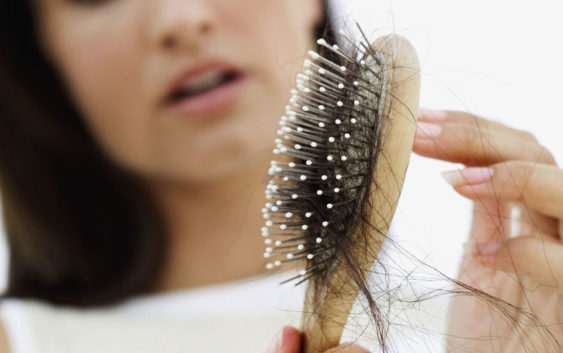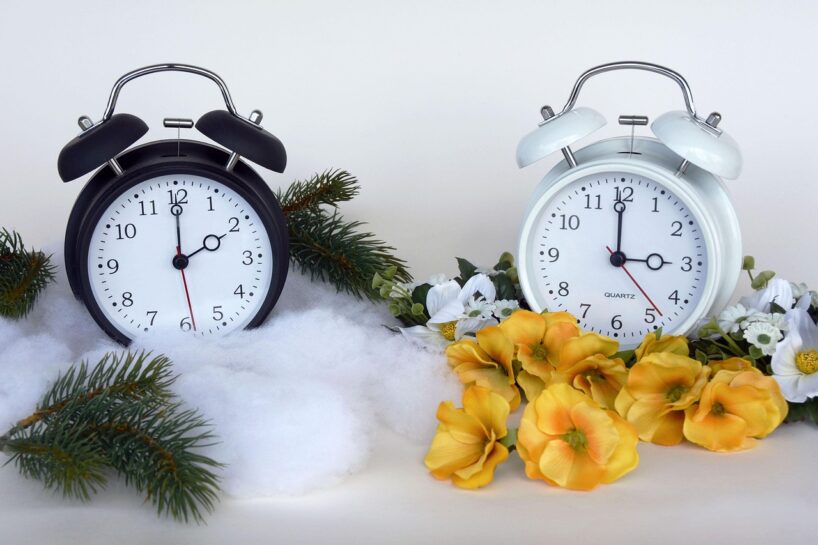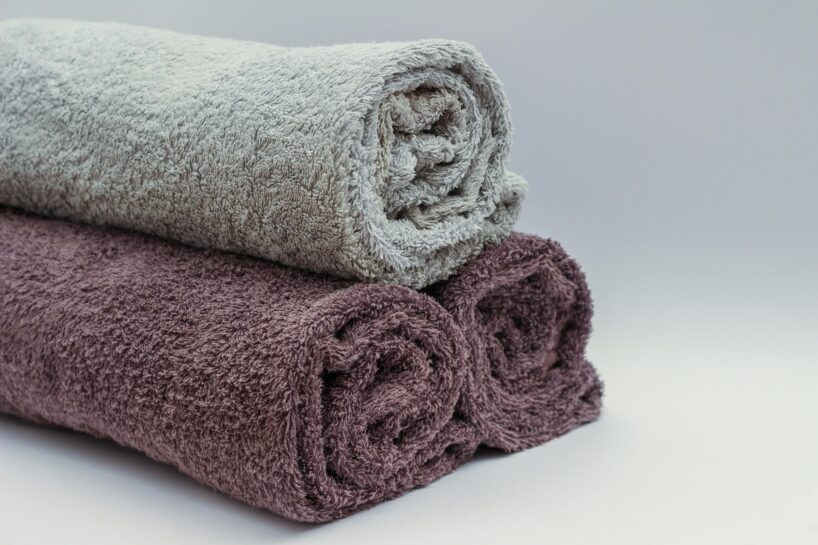Iemesls: stress
Vai nu tās būtu nervus bendējošas attiecības vai stresa pilns darbs, stresa līmenis atstāj nopietnu ietekmi gan uz tavu psihi, gan arī matiem. Stress palielina testosterona līmeni, kas var ietekmēt matu augšanas ciklu.
Kā ar to tikt galā?
Parūpējies par savu iekšējo “es”. Sāc apmeklēt jogu, nedēļas nogalēs dodies izbraukumos, kas neļaus domāt, piemēram, par saspringto darbu, brīvajos laikos atvadies no mobilajām ierīcēm, apmeklē terapeitu, ja problēma ir tiešām nopietna. Matu izkrišana turpināsies tieši tikpat ilgi, cik tavs paaugstinātais stresa līmenis.
Iemesls: grūtniecība
Nesatraucies, ja pēc dzemdībām tev sāk izkrist mati – to piedzīvo 50% grūtnieču, kas ir saistīts ar pēc-grūtniecības hormoniem.
Kā ar to tikt galā?
Nav nepieciešamība pārāk aizrauties ar problēmas risināšanu. Ļauj visam nokārtoties pašam no sevis vai arī, ja nevari ar to sadzīvot, uzņem matu augšanas veicinātāju – vitamīnu – Viviscal. 6-12 nedēļu laikā matiem vajadzētu atkal būt tādiem, kādi tie bija pirms grūtniecības.
Iemesls: anēmija
Anēmija ir asins stāvoklis, kura laikā tavā organismā ir pārāk mazs dzelzs daudzums, kā arī tev nav pietiekoši daudz asins šūnu, lai tās veiksmīgi aizgādātu skābekli cauri ķermenim – šajā gadījumā, taviem matiem. Ja tev ir anēmija, iespējams, ka izjūti nogurumu, vājumu, galvassāpes un arī matu zaudējumu.
Kā ar to tikt galā?
Sākumā, protams, vērsies pie ārsta, lai pēc analīzēm varētu noskaidrot, vai tev ir anēmija. Ja rezultāts ir pozitīvs, tad mierīgi vari pievērsties diētai, kas satur vairāk produktu, kuros ir dzelzs.
Iemesls: androģenētiskā alopēcija
Šis ir viens no visbiežākajiem matu zaudēšanas iemesliem. Šī slimība var piemeklēt jebkuru – pat jauniešu vecumā.
Kā ar to tikt galā?
Protams, nāksies apmeklēt ārstu – viņš vienīgais būs spējīgs tev pielāgot atbilstošu ārstēšanu.
Iemesls: cieša zirgaste
Šis ir ātrākais no veidiem, kā pirms iešanas ārā no mājas savākt matus, tomēr ciešu zirgastu siešana taviem matiem var nodarīt pamatīgu ļaunumu.
Kā ar to tikt galā?
Zirgasti sien mazliet vājāku un pēc iespējas centies samazināt to laiku, cik ilgi tev tā ir sasieta. Citādāk problēmas var turpināties visu tavu dzīvi.
Avots: womansday.com









